Why studying art history (and the humanities) matters
From the perspective of a professor and her students (my main aspiration is not necessarily for them to gain more knowledge of art history – hot take alert! 🚨)
The whirlwind lead-up to the end of the semester is often both exhausting and exhilarating, and I can say that I am immersed in both feelings at present.
After several months of exploring art together in the classroom, as well as outside of it, my students put together their final projects and offer their final reflections on their experience in the course. It is always heartening and inspiring to read about what they feel they have gained from the experience, and what they will take with them into the next chapters of their lives, whether that is another year on campus, an experience studying abroad, or moving on to a graduate program or a new job.

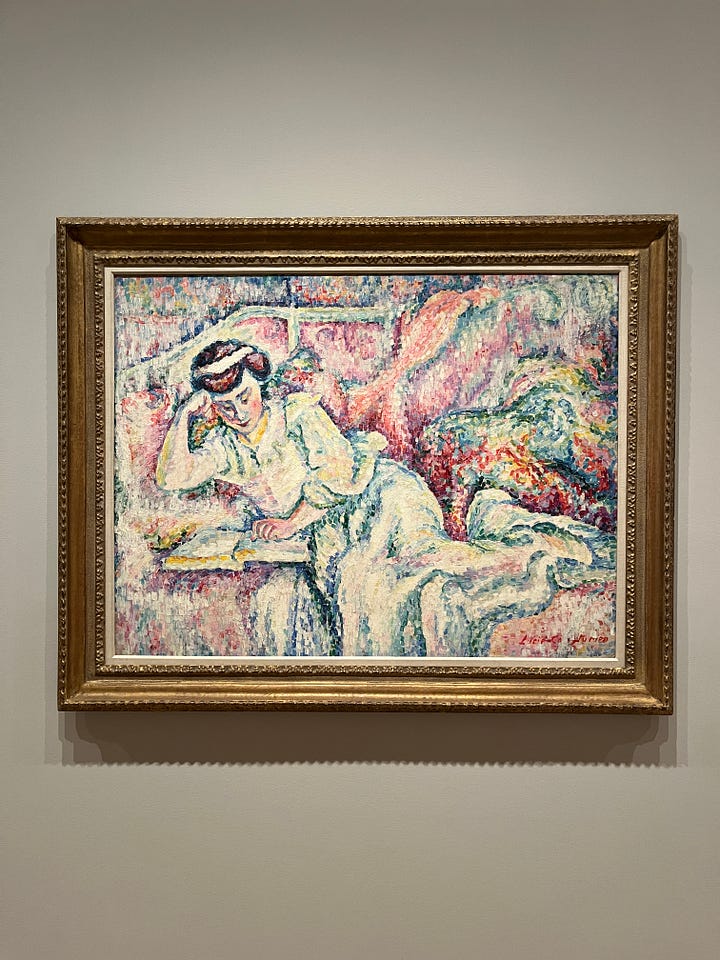
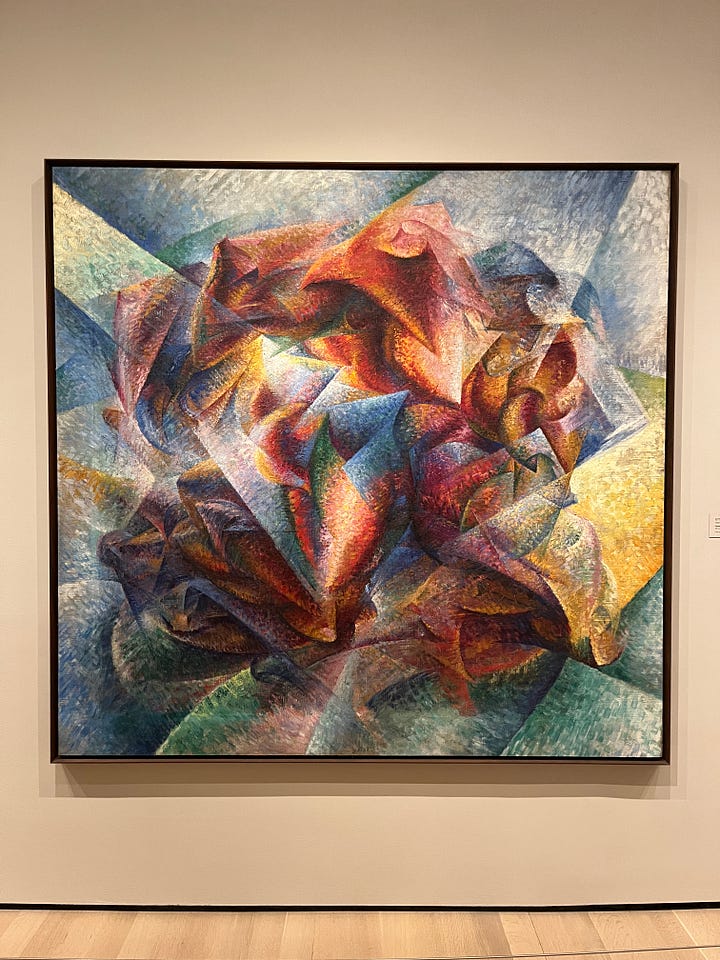

The course that I teach most often at Columbia, Art Humanities, is a core course that is required of all undergraduate students enrolled at certain schools within the university. We begin the semester with the Parthenon, and conclude with the paintings of Jean-Michel Basquiat: each week we find ourselves in a new place and time, exploring new artists and their achievements, situating their works in relation to the existing tradition and identifying their innovations.
The course is thus not a traditional art history survey, but rather an introduction to visual literacy – an investigation into learning how to look, to read images, objects, and structures, and to understand how they engage us and invite us to respond.
Since this is a required course, students from any and all different majors come together in the classroom, many of whom may have never formally studied or spent much time thinking about art. Occasionally I even have a student who has never before set foot in a museum (and what an immense privilege it is to be the first to facilitate such an experience!).
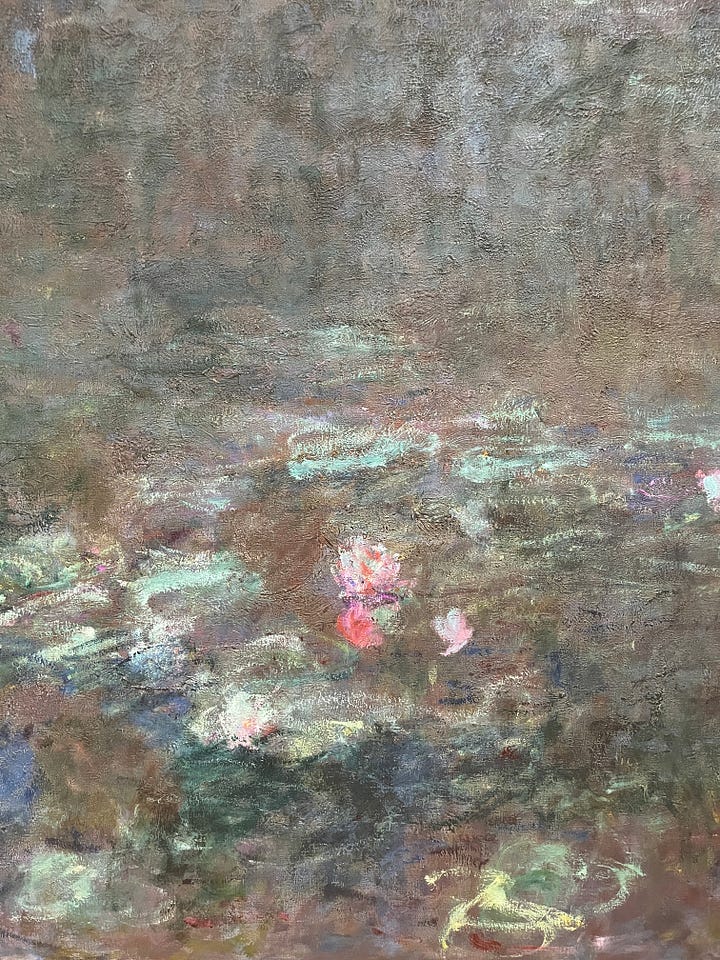

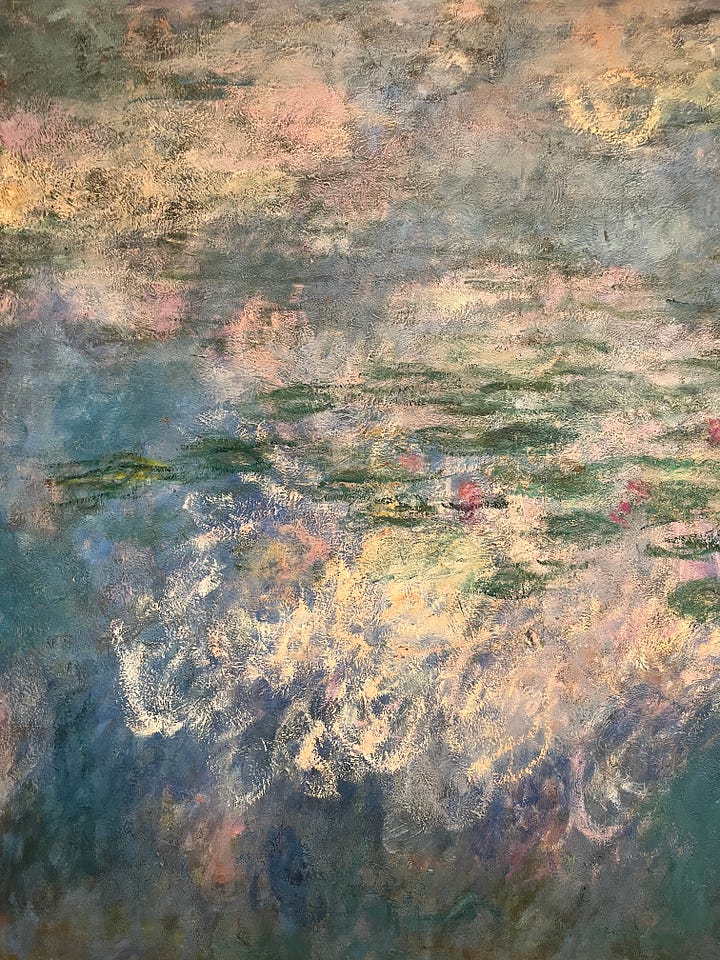

At the start of the semester, I like to survey my students regarding any hesitations or concerns they may have in relation to the course. These are some of the common responses that I have received over the years: they fear that they will not be able to engage as eloquently as others who have greater familiarity with art, that they do not know enough about art, that they don’t ‘get’ art and feel intimidated by the thought of having to talk about it.
And then, when we arrive at the end of the semester, after several months of encouraging them as they engage in classroom discussion, I offer them a chance to check in again – to record their overall responses to and reflections upon the course and how it has changed or shaped the way that they now approach art, and, more broadly, the visual world around them.
Simply put, the contrast is striking.
From initial feelings of insecurity, cynicism, resistance, and even apathy towards art, many experienced a shift towards curiosity and excitement, a greater sense of ease in engaging with art, a fascination with understanding how they move within structures and their greater built environment, and even a deep appreciation for genres of painting that they had previously dismissed (I’m look at you, still life! 😉 To be honest, I used to feel that way about still life paintings as a younger student. And then I discovered the pleasure of looking, of delighting in their every detail, down to the glistening droplets of water on the leaf of a flower, for example. If you’ve never seen a still life by Clara Peeters, go look at one now, and zoom in as close as you can get. 🤩 But I digress!).
For those who arrived at the table with more experience in art history, they appreciated the opportunity to return to more familiar works with a fresh perspective, as well as to discover artists that were new to them – in particular, the women artists included in the curriculum, from Sofonisba Anguissola to Berthe Morisot (who were also the among the protagonists of two of my online courses at Mirabilia Art Adventures this past academic year!).
Now, as I watch the presentation videos that my students have recorded for their final projects (each student curated their own micro-exhibition around a theme of their choice), I am delighted to see how they have applied all of the knowledge and the skills that they have gained in the classroom in their own creative ways.


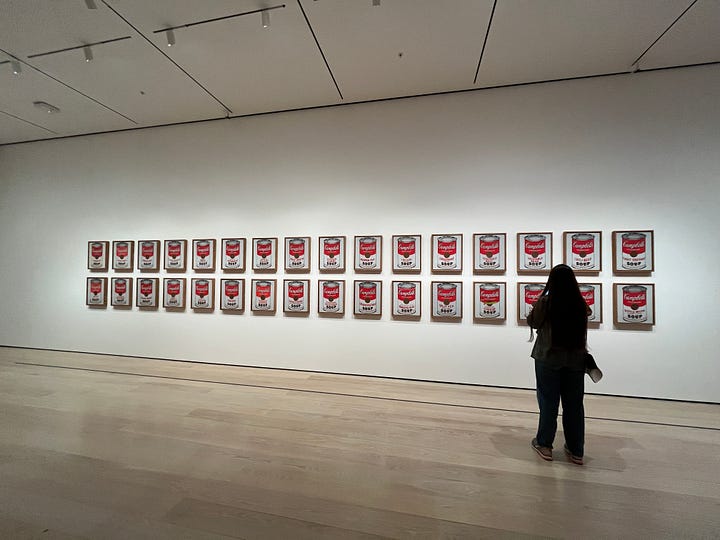
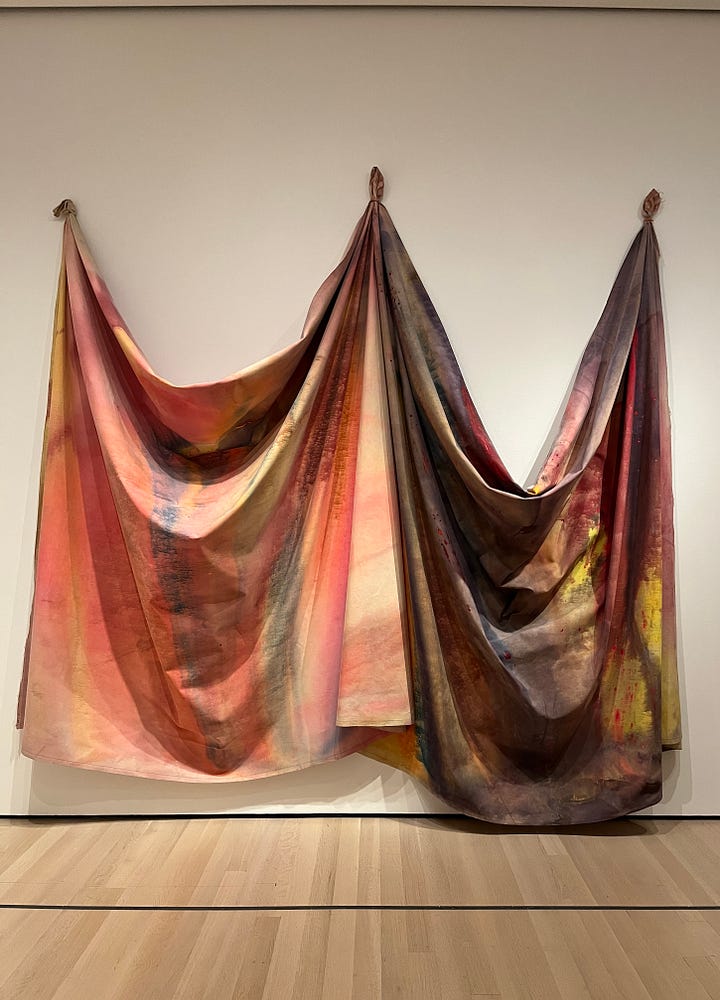
Knowing that my teaching has made a difference not only in how my students approach art and the visual world, but also in building their confidence in their own abilities to express their observations, opinions, and interpretations – to voice what they see, what they feel, and why it matters – this is the most rewarding aspect of what I do. This is my aim as an educator.
For though art is the object of our study and our inquiry, it is not the end in itself – rather, it is the vehicle through which students develop and hone their creative and critical thinking skills (the true gifts of an education in the humanities), and through which they stoke the sacred fires of their curiosity.
To my students, past, present, and future, who may read this: it has been an honor exploring art with you, and I wish you many more adventures in art, both in museums and well beyond their walls. Send me selfies with art that you encounter that moves you!! And continue to tend to that vital flame within – let curiosity lead you.
Sophia (aka Professor D’Addio 👩🏫)



That sounds like a wonderful course, and I already know you're an excellent instructor!
I absolutely agree with Brenda. You are an excellent instructor and your enthusiasm is certainly contagious.